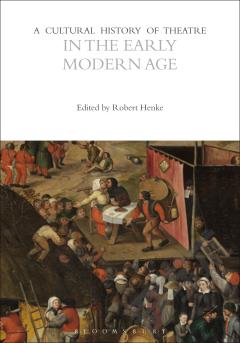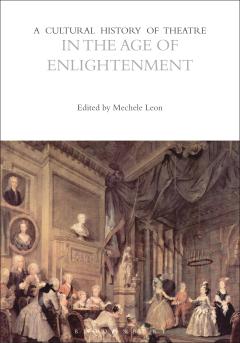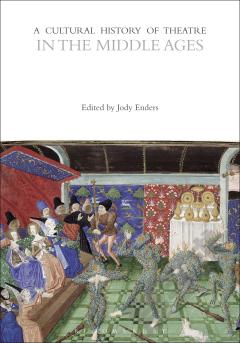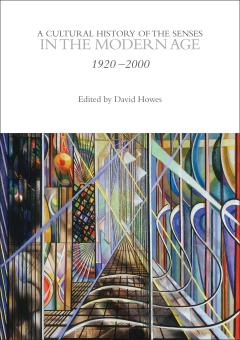A Cultural History of Theatre in the Early Modern Age
For both producers and consumers of theatre in the early modern era, art was viewed as a social rather than an individual activity. Emerging in the context of new capitalistic modes of production, the birth of the nation state and the rise of absolute monarchies, theatre also proved a highly mobile medium across geolinguistic boundaries. This volume provides a comprehensive and interdisciplinary overview of the cultural history of theatre from 1400 to 1650, and examines the socioeconomically heterodox nature of theatre and performance during this period. Highly illustrated with 48 images, the ten chapters each take a different theme as their focus: institutional frameworks; social functions; sexuality and gender; the environment of theatre; circulation; interpretations; communities of production; repertoire and genres; technologies of performance; and knowledge transmission.
{{comment.content}}








 京公网安备 11010802027623号
京公网安备 11010802027623号